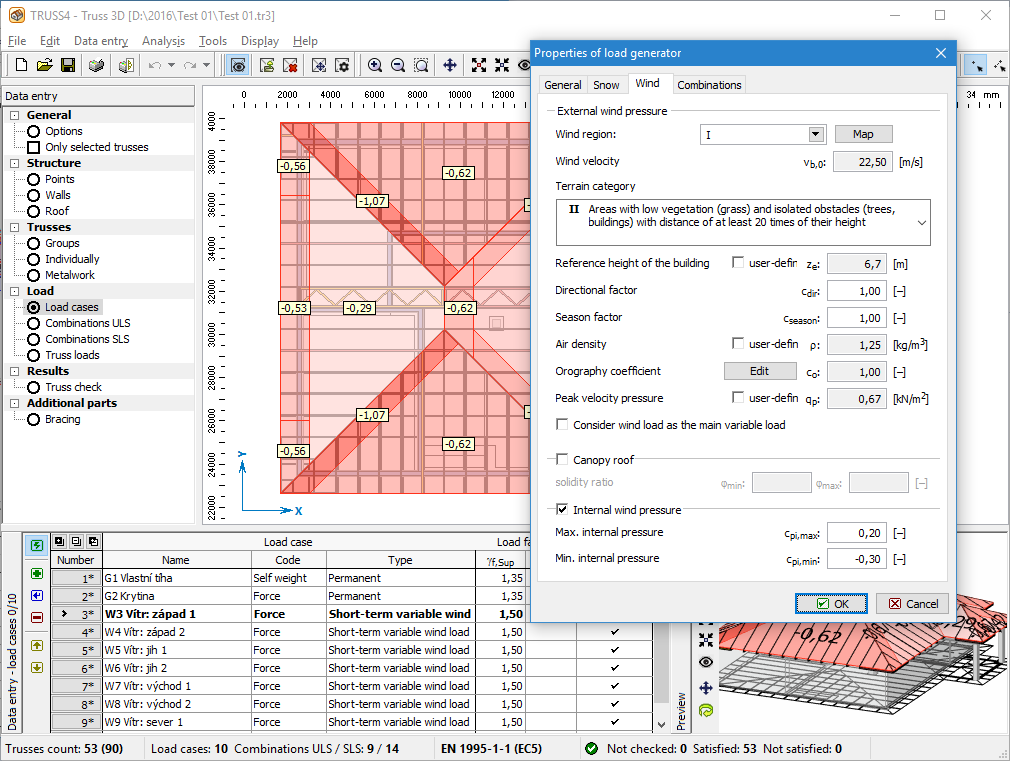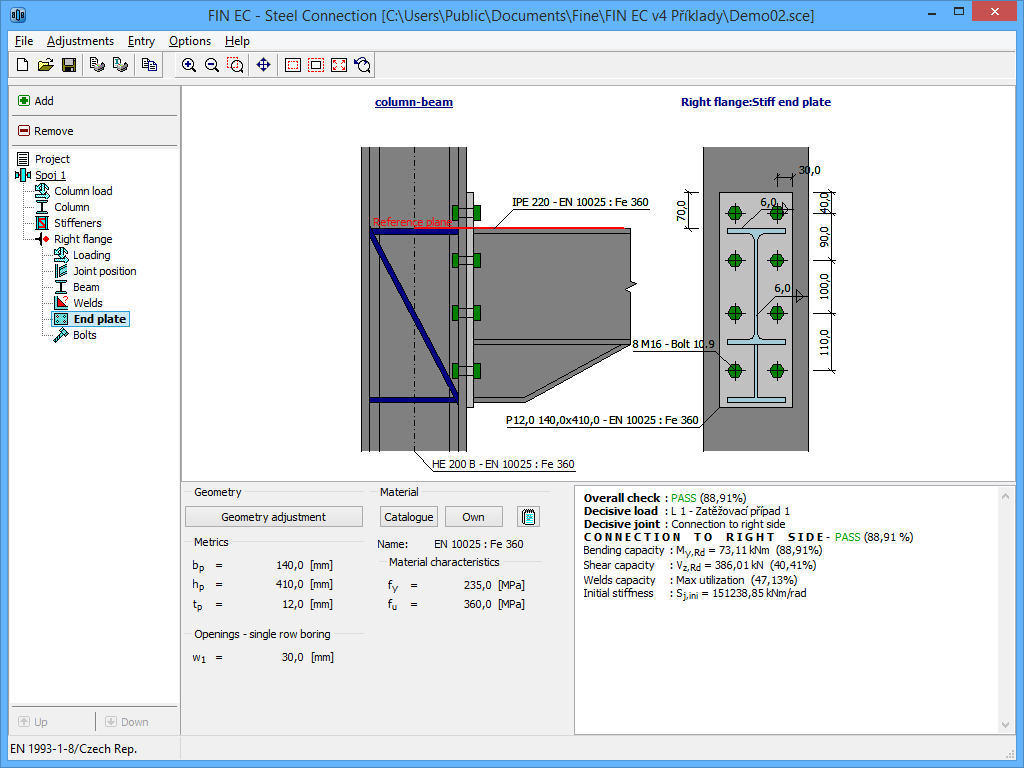Free Truss Analysis Software Download
A structural analysis software free download can be used for the purpose of determining the effect of loads on the physical structures and their components. This structural analysis software free or structural analysis software online are very easy to use and will be available online for free. Roof Truss Design TRUSS4 is a complex software solution for manufacturers of timber trusses with punched metal fasteners. TRUSS4 is able to assist in all parts of the truss production from structure modeling and structural analyses, economic calculations.
Cwm installer apk xperia play. The Truss Analysis Program What it teaches: • This program teaches you how to design a planar (2 dimensional) truss, • It teaches you how, by counting equations and unknowns, you can assess the stability of a truss (for example a triangle is stable but a rectangle is not), • It shows how the assumption that the forces are in balance at every joint gives rise to a system of equations, • It shows how the system of equations can be solved to give the tension or compression in each member (bar) of the truss and the force on each support of the truss. How it works: There are three steps: • Step 1: You design the truss.
You select the Member tool (the leftmost tool on the toolbar) and then click and drag the mouse in the drawing area to create a truss member with a joint at either end. You repeat to add more members. (There are features such as snap to grid and snap to object to ensure that the members connect end-to-end at the joints.) You add forces (using the second tool) to load down your truss and you add supports (using the third and fourth tools) to hold up your truss. Here is a screen shot of a Parker truss: • Step 2: You number the joints and give names to the forces in the truss members and the forces on the supports. This can be sped up by just letting the program choose the names by clicking on AutoName.

• Step 3: You let the program analyse the truss and you view the reports. To do the analysis the program assumes that: • Every member of the truss is under some unknown compression and is therefore providing a force toward the joint at either of its ends. This is indicated by the red arrows on all of the members.
(If it turns out that some member is in fact under tension, this will result in a negative answer for that force.) • The truss is in equilibrium (standing still). This means that at every joint two equations hold: the forces right = the forces left, and the forces up = the forces down.
Asrock_775i65gv_cmedia asrock_75i65g asrock_755_vm800 asrock_645gcm_s asrock_01ak asrock_11945w_10d asrock_11945w asrock_11945gcw_12 asrock_11865 asr69113 asr_945_gcm_s aspire_t136_sis_video aspire_sa90_zb7z aspire_one_zg3 aspire_one_v1585 aspire_one_series_kav10 aspire_ms2264 aspire_m3201_2000 aspire_b300 aspire_ag3720 aspire_5715z. Apogee aw9101 b200p drajver. Apogee aw9101 b200p (ver. 2.3.3, 15 October 2011) Apogee aw9101 b200 (ver. 2.2.6, 04 May 2012) Apollo 13 Chomikuj (ver. 1.5.7, 09 October 2012).
For this example there are 9 joints x 2 equations / joint = 18 equations. The program gives several reports: • The number of equations and number of unknowns, and the implications for the stability of the truss. For this truss there are 18 equations and 18 unknowns, so a unique solution and hence stability is possible. • A listing of the system of equations for the entire truss. Also, by clicking on a joint, you can see the pair of equations that hold at that joint.
